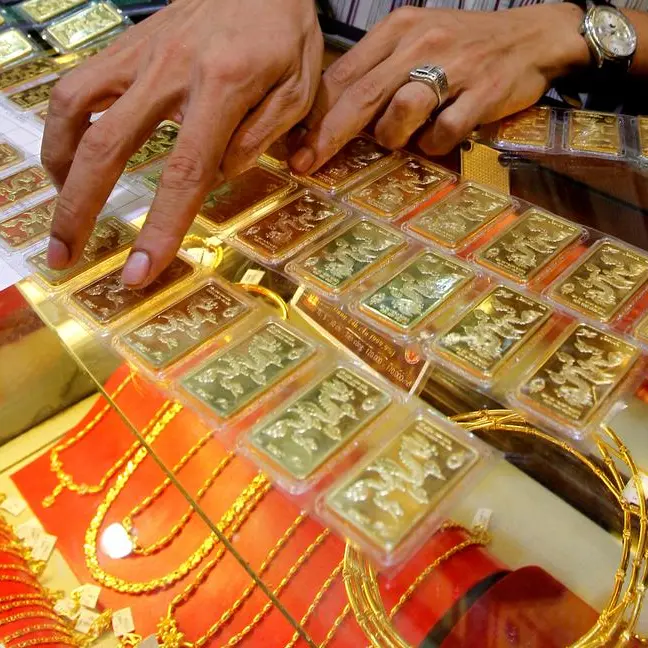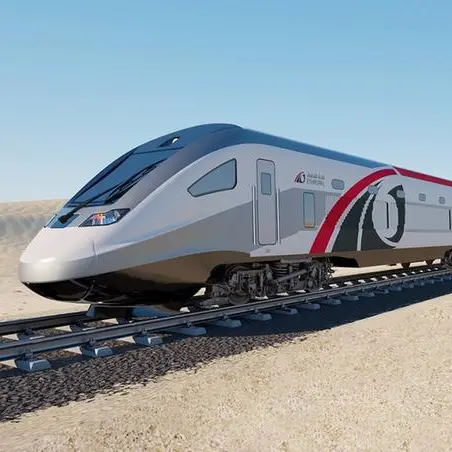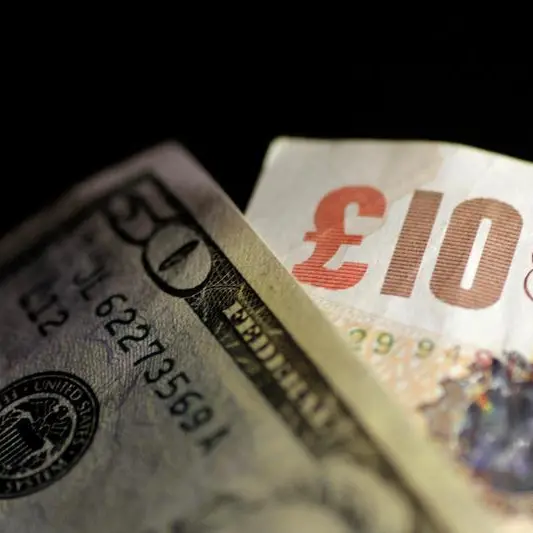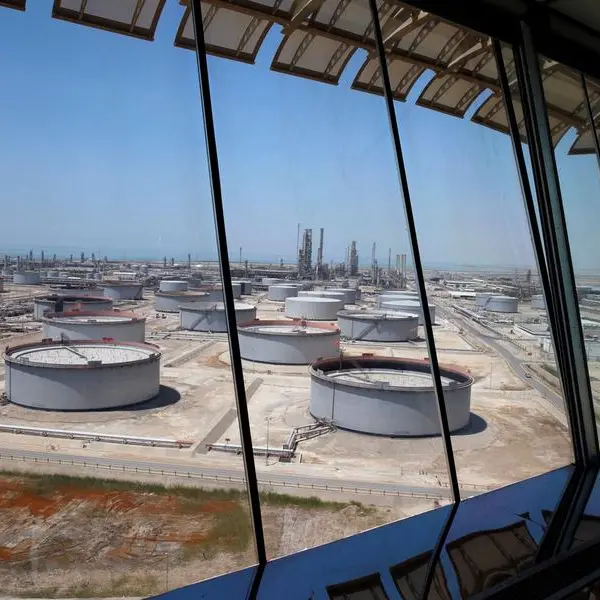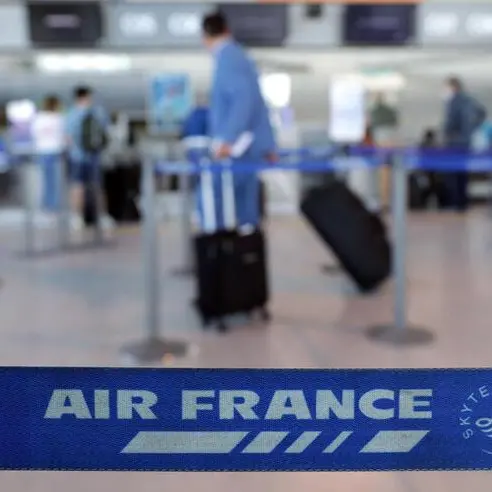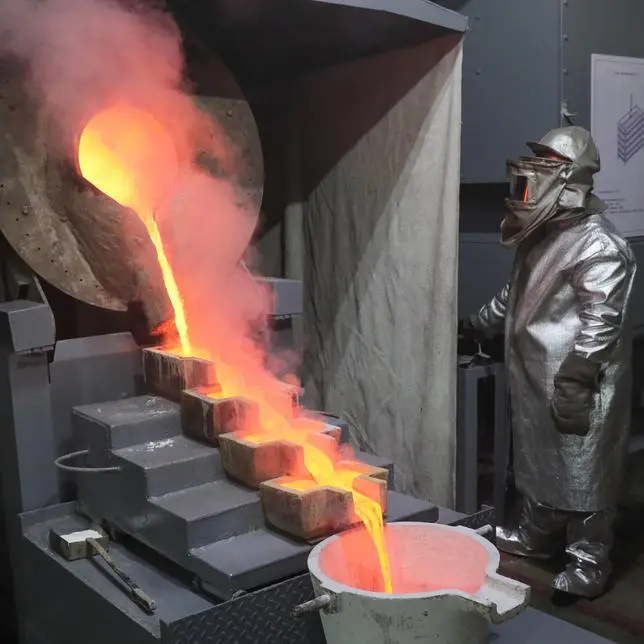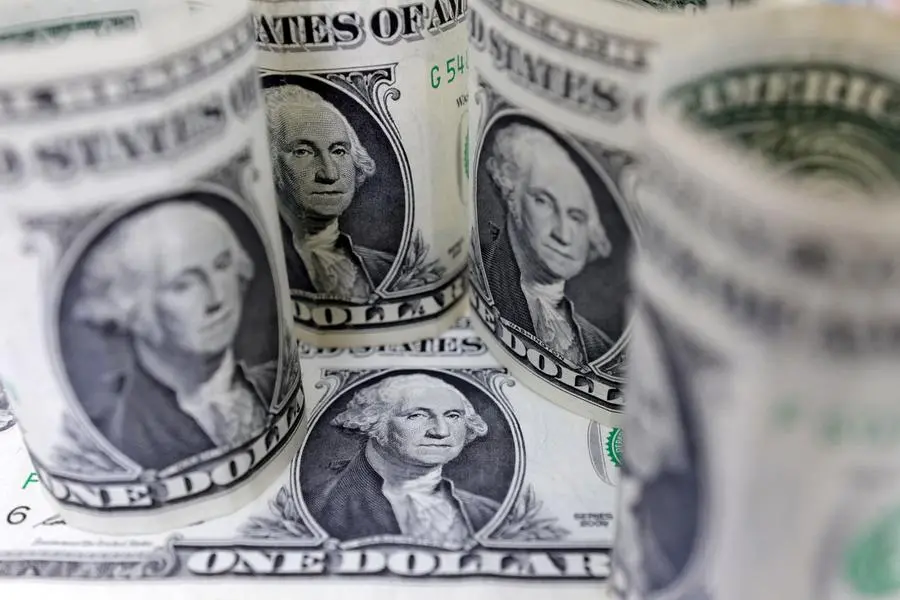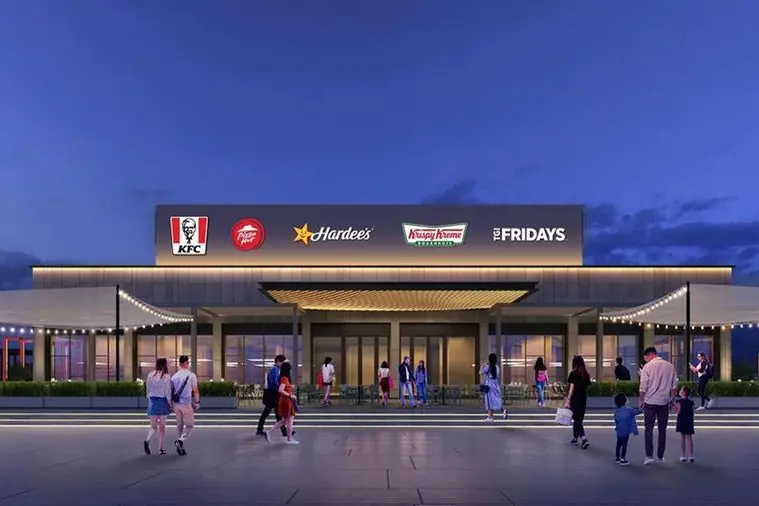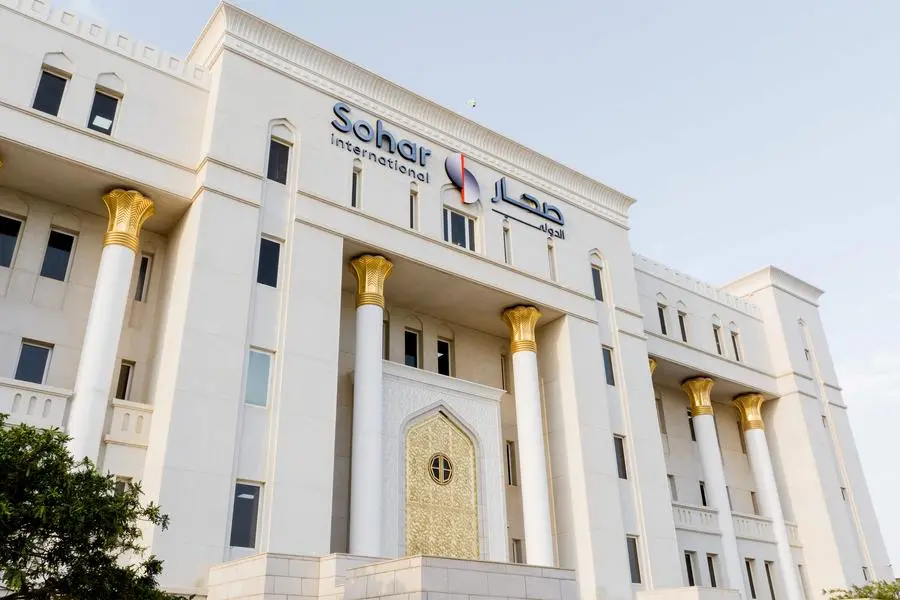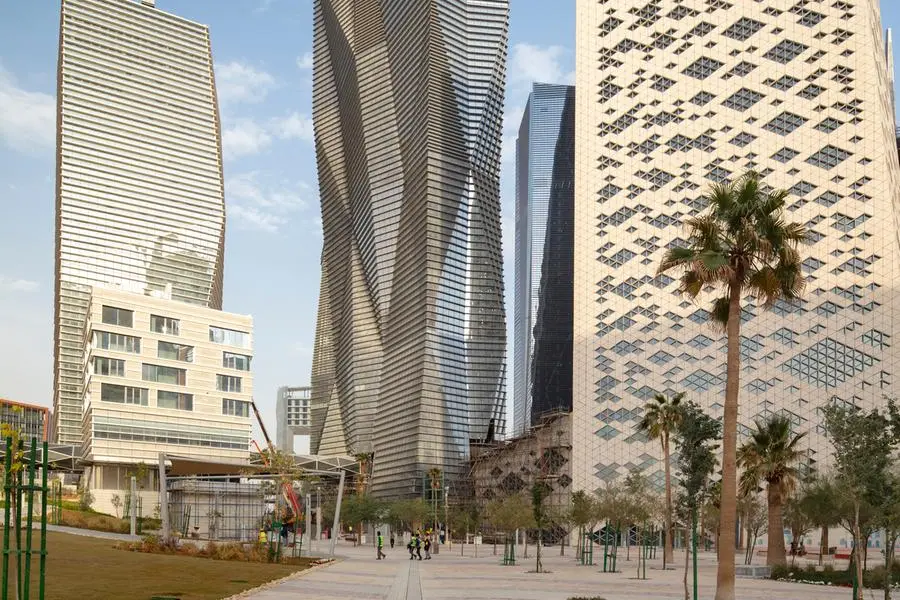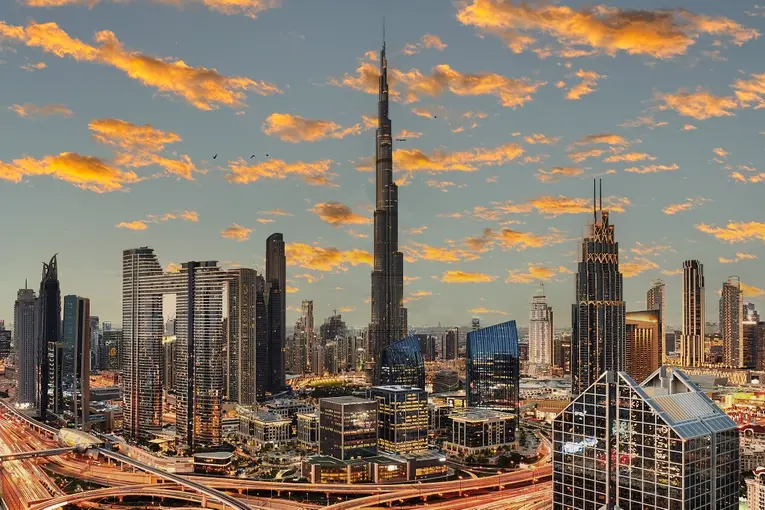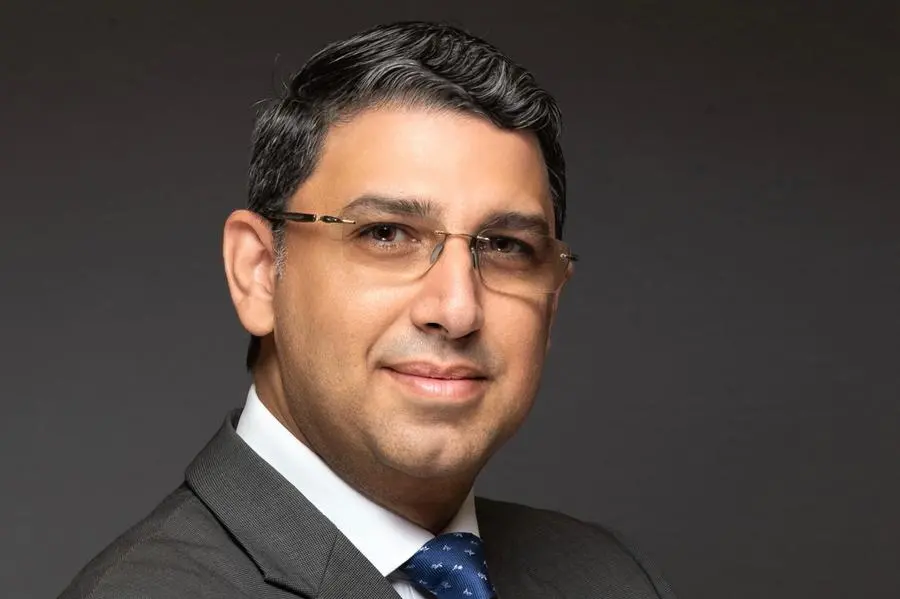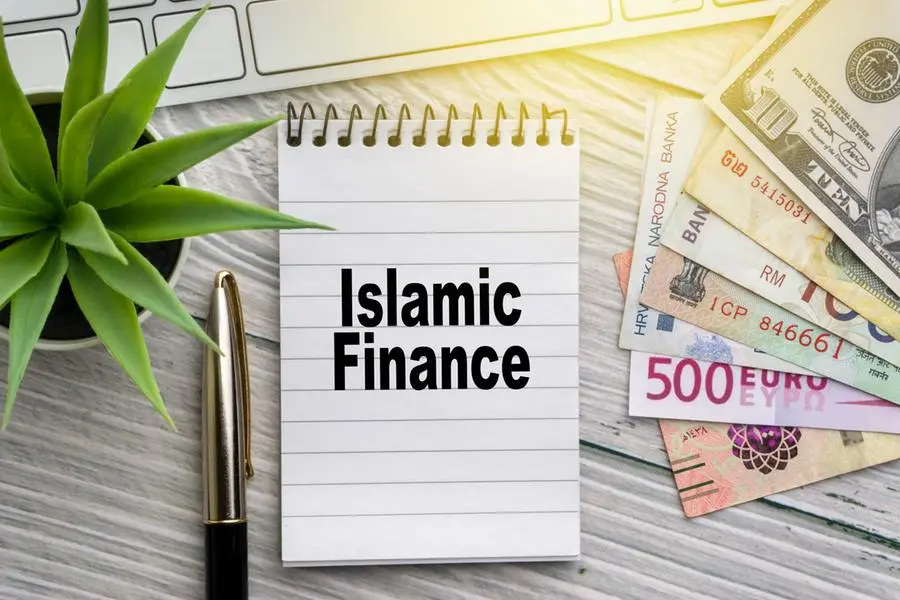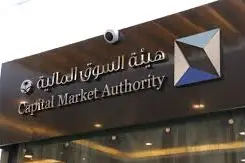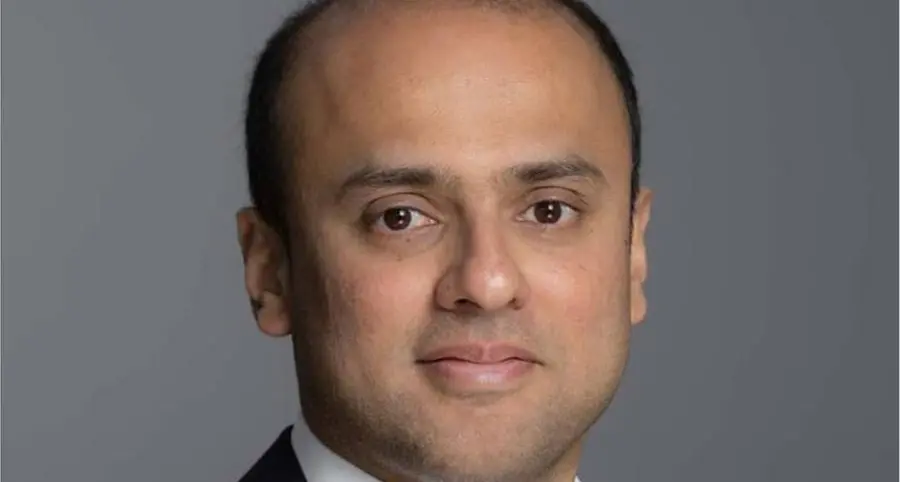05 November 2007
BEIRUT: Despite the commercial renaissance taking place on and around Hamra Street, many Beirutis remain skeptical about whether the area will ever be restored to its pre-Civil War status. Lebanese who have witnessed the street's golden era, beginning in the 1960s, speak fondly of a place that represented not only the progressive ethos of Lebanon, but the finest example of multicultural pluralism in the Arab world.
"Hamra represented Leba-non and was for everyone," Monah Dabaghi, former owner of the Horseshoe Cafe which is now a Costa Cafe, told The Daily Star in a recent interview.
Dabaghi described the Hamra of old as the "Champs-Elysees of the Middle East." For him, it blended intellectualism and recreation like no other place in the region, catering to all tastes and pursuits.
For many who lived in Hamra during its heyday in the early 1970s, the street was the epicenter of a thriving city. From morning until late in the night, people roamed the area, shopping, lounging, debating and partying in its cafes, theaters, restaurants, clothing stores and night clubs.
"There was no difference between day and night," said Gazi Tabbara, owner of Baby Doll, a clothing shop operating for more than 20 years in Hamra. "It was always full and moving," he added. "And that was excellent for business."
Dabaghi's cafe, like many others on Hamra Street, attracted intellectuals, artists, activists and journalists from across the Arab world and Europe. There were many "liberals," he said, those people who are "able to create a difference in society."
Hamra quickly became a free-wheeling area of progressive thinking, an attraction for many Arab intellectuals persecuted or exiled by the region's many authoritarian regimes.
In Hamra, free thought and speech were encouraged and censorship was defied.
Banned works of art, like "Majdaloun" a play by the famous director Nidal Ashkar, were presented and performed to receptive audiences.
"Ashkar and fans of the play gathered at Horseshoe and we all watched the play without interference ... It felt good to be part of such a revolution," Dabaghi said. Back then, he added, Hamra represented a cosmopolitan society of intellectuals, artists, foreigners and tourists.
Unfortunately, Beirut's cultural hotbed could not escape the ravages of civil war. "Hamra was eaten up during the war," Dabaghi said, borrowing the words of Nazih Khater, a journalist who wrote an article titled "Horseshoe: eaten by the war."
During the war Hamra witnessed a massive demographic shift. As Lebanese and foreign intellectuals and students fled the area, rival militias quickly assumed their place.
The 1982 Israeli invasion created more trouble for the ailing district. Refugees fleeing the Israeli-occupied South moved north, and the Syrian Army established a near-ubiquitous presence. The culture of Hamra Street, once teeming with tourists, students, night clubs and theaters, was lost.
But, after 21 years of violent infighting, occupation and widespread destruction, a tense peace gave cause for hope for a Lebanese revival: Beirut could be rebuilt, Hamra could be reborn.
But for many, the Hamra of the 1960s and 1970s has yet to rise from the war's rubble.
One "cannot compare Hamra then to Hamra today," said Dabaghi. Today's Hamra is "just another street, which could be in any place, in any country."
For Dabaghi, it is a "nice," commercial street, with a wide variety of shops; but "it has lost its foreign touch." Like Dabaghi, those who remember the old Hamra, deny that the area is witnessing a comeback.
Mohammad Hazimi, who has sold watches on the street for the past 24 years, said, "There are other places like Hamra in most areas of Beirut."
Nostalgia aside, Hamra has undergone significant revitalization. At least five new restaurants have opened since the summer 2006 war with Israel. Places like Nando's, La Tabkha, Napoletana and Chopsticks, all of which have other branches around Beirut, have begun catering to Hamra's university students and business employees.
The March 8 opposition's protest in the Downtown area has also served Hamra's commercial renewal. "When one door closes, another opens," Tabbara said.
Roadster Diner, which opened just before the 2006 war, also has a Downtown branch which has suffered enormously since the sit-in began in December 2006. The Downtown branch, which closes at 6 p.m., depends solely on bankers and other businessmen coming for lunch, while the Hamra branch stays open late into the night.
But some residents and business owners fear that Hamra's renewal will last only as long as the sit-in paralyzes Downtown.
The manager of Roadster Diner, Hagop Bedikian told The Daily Star that "work needs to be done to keep people attracted to Hamra." He suggested festivals as a good marketing strategy for the district.
Zuhair Itani, who heads Hamra's merchants' association, said the street needs renovation, tree planting, traffic signs and street lights to attract tourists. He also requested that Sukleen reschedule its hours of garbage collection to minimize traffic jams.
Hamra has begun to recover its lost popularity and new boutiques, chain restaurants, and nightspots dot several of the cobblestoned streets. But according to some, the spirit of intellectualism and cultural exchange that once defined the area has not returned. "Those days are gone," said Tabbara.
